Among those who train in the defensive use of the handgun, several debates have raged on for years. These include the “9mm vs. .45” arguments, the “revolver vs. autopistol” debate, and the “point shooting vs. sighted fire” disagreement.
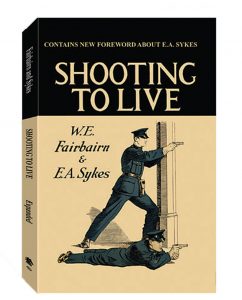
In debates on any subject, one side often resorts to what is known as an “appeal to authority,” especially if they don’t have any factual basis for their argument. An “appeal to authority” typically goes like this: “My side is right, because (insert name here) said so, or that’s the way he did it.”
One of the most commonly used appeals to authority among point shooting proponents is that “William Fairbairn used point shooting and taught it to his men in Shanghai in the 1920s and 1930s, and during WWII he taught it to American OSS operatives.”
All that is true. One needs to know a bit more about the backstory, however, to understand why Fairbairn used this method and why his reasons are no longer valid.
First, perhaps a bit of history will help put matters into the proper perspective.
Table of Contents
SHANGHAI
Shanghai is a port city on the eastern coast of China. At the turn of the 20th century, European powers forced the government of China to give them control over certain ports, including Shanghai, where the Europeans built modern enclaves for their personnel, who oversaw vast trade empires with the Chinese. In addition to legitimate trade, these ports became centers for the opium trade and human trafficking.
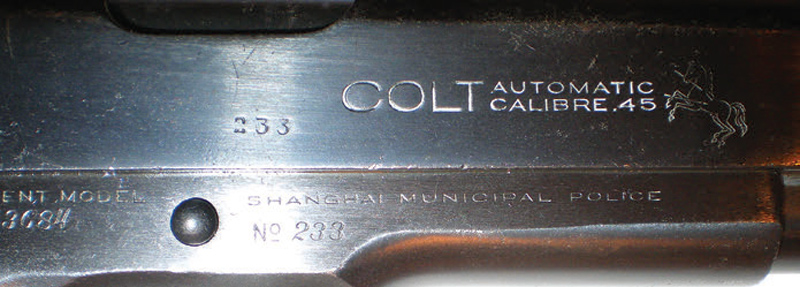
In 1936, Shanghai was one of the largest cities in the world, with a total population in excess of three million. Of those, only about 35,000 were European, but they controlled the city and lived in a modern settlement with a racetrack, schools and all the cultural amenities they desired. To keep order and protect the Europeans (mostly British, French and German), the Shanghai Municipal Police (SMP) had been organized in 1854 and was run by the British.
During the 1920s and 1930s, there was a great deal of criminal violence, fueled by opium gangs and other smugglers, gangs that specialized in prostitution and gambling, communist party organizers, and regular criminal thugs. These groups were in constant combat with members of the SMP.
FAIRBAIRN AND APPLEGATE
William E. Fairbairn joined the Royal Marines Light Infantry in 1901. He later joined the SMP, where he rose to the rank of Assistant Commissioner. For many years during the 1920s and 1930s, he was in charge of all firearms training for the SMP and also routinely went on dangerous raids and other operations. This resulted in his personal involvement in literally scores of gunfights during his career.
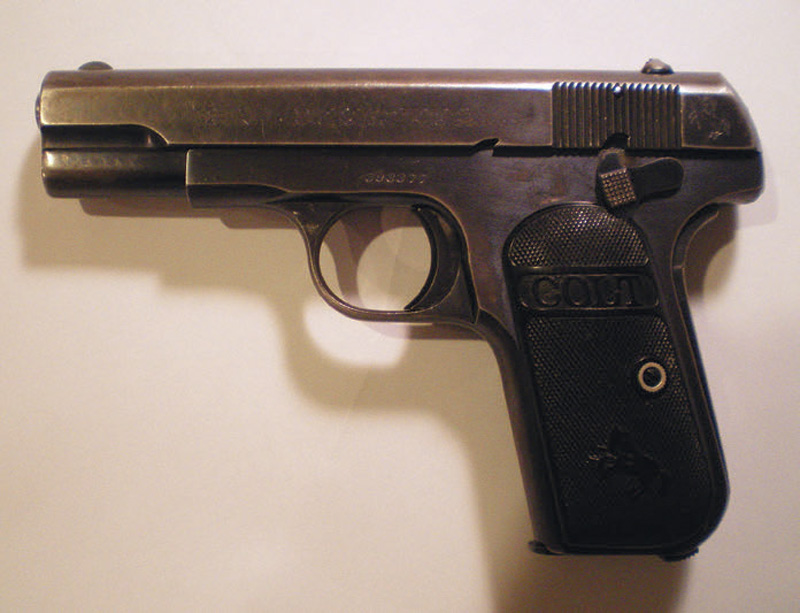
Working with his associate, Eric Sykes, they devised a hand-to-hand system known as “Defendu,” as well as a firearms training program for all SMP personnel.
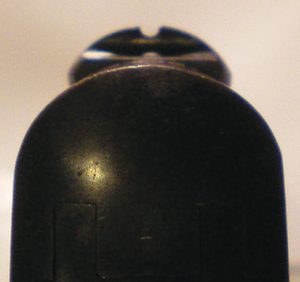
As World War II loomed, both Fairbairn and Sykes left Shanghai and returned to England. Sykes remained in England for the duration of the war, teaching British Commandos and members of the Special Operations Executive (SOE), the British equivalent of our OSS. Fairbairn was sent to the United States to train U.S. and Canadian Commando forces and operatives from the Office of Strategic Services (OSS), the forebear of the CIA.
One of Fairbairn’s students in the OSS was Colonel Rex Applegate, who wrote extensively about Fairbairn’s methods and was largely responsible for propagating Fairbairn’s teachings in the United States. If a point shooting proponent uses an appeal to authority, he’s usually referencing either Fairbairn or Applegate.
SHOOTING TO LIVE
Together, Fairbairn and Sykes wrote a book called Shooting To Live, first published in 1942. Paladin Press now offers a reprint of this excellent book, and it should be in the library of every historyconscious gunman.
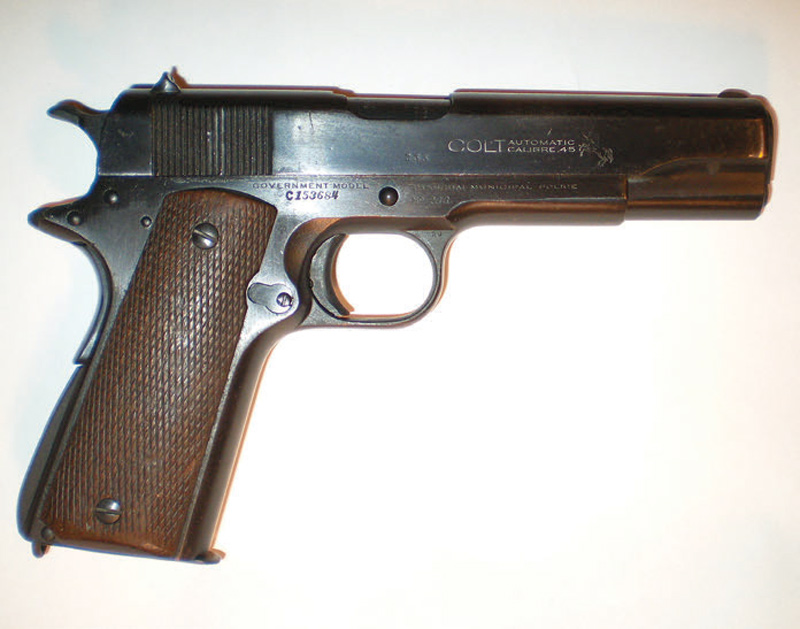
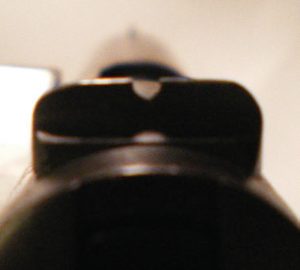
When one delves a bit deeper into Fairbairn’s experience in Shanghai, including reading Shooting To Live with a bit more critical eye, some disturbing tidbits of information emerge. First, Fairbairn had a very large force of officers who were unfamiliar with handguns when they joined the SMP and for whom he had an extremely limited amount of time and ammunition for training. Initial training was very brief, and by modern standards completely and utterly inadequate.
After initial training, each officer was allotted 36 rounds of ammunition per year for training and requalification, a pitiful amount. Initial recruit training was conducted at two yards and four yards, and the “qualification” standard was 50% or more hits anywhere on a lifesize silhouette target! Not too impressive.
How did this training regimen work on the mean streets of Shanghai? During the period 1929 through 1938, SMP officers fired a total of 3,329 pistol rounds in actual engagements with criminals. These 3,329 rounds accounted for 159 suspects killed and an additional 149 suspects wounded. In other words, SMP officers fired 10.8 rounds for every criminal casualty they produced.
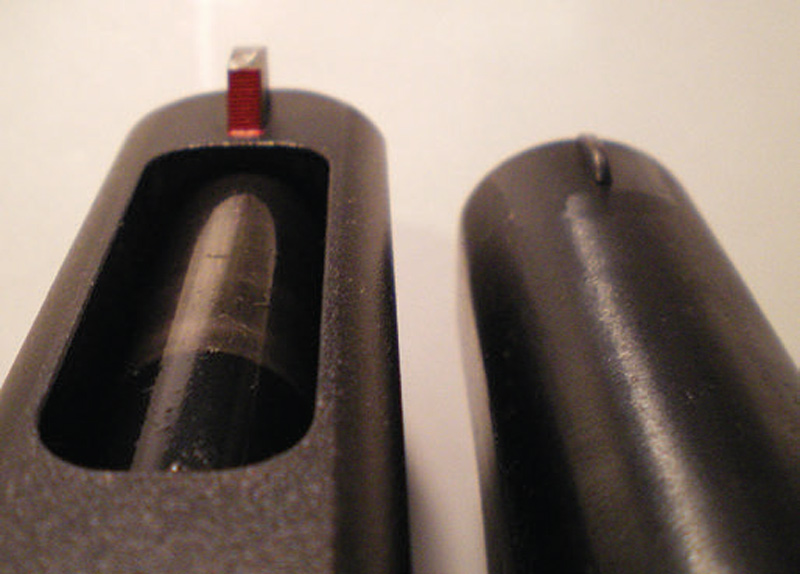
The completely untrained Chinese bandits, during the exact same period, fired 789 rounds at SMP officers, resulting in 19 officers killed and an additional 67 officers wounded. The thugs fired 9.2 rounds for every casualty produced, which means the officers trained in Fairbairn’s point shooting methods were actually less effective than their untrained criminal foes.
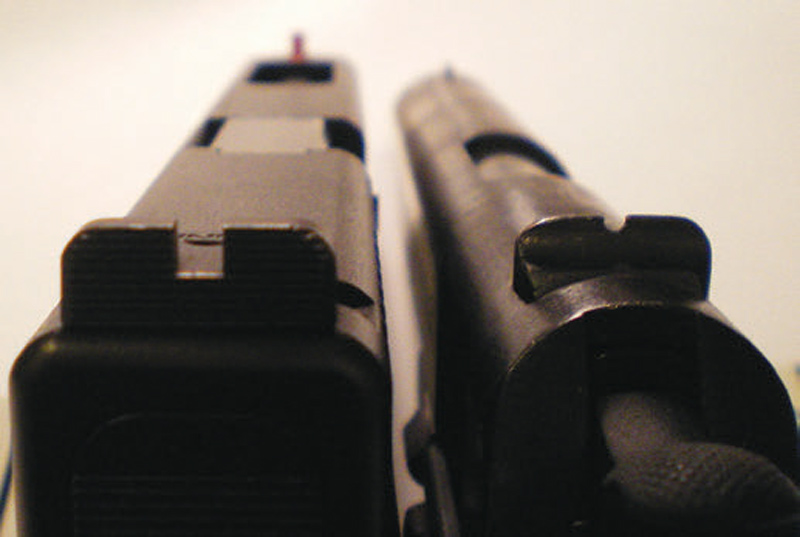
This begs the question, “Why did Fairbairn persist with such an ineffective technique?” I believe the answer is quite simple and can be readily illustrated.
SIDEARMS ISSUED BY SMP
The SMP issued all sidearms used by its officers, and because they had both European (mostly British) and Asian officers, they issued two types of handguns. European officers got Colt 1911s in .45, and the much smaller Asian officers were issued Colt 1908 Pocket Autos in .380. All of these handguns were made by Colt in the 1920s and early 1930s. Fairbairn did not personally care much for the .380 Colts, but thought they were the best he could do for men with hands far too small to operate a 1911 well.
I happen to have one of the SMP’s 1911 pistols, SMP Number 233, a commercial Colt Government Model manufactured in 1928. It has the “Shanghai Municipal Police” roll mark on the frame, and the Number 233 mark on the frame, slide and barrel. This is a transitional model 1911, with some features of the 1911 and some of the 1911A1. The changes from 1911 to 1911A1 configuration started in 1927, but many guns built in the next couple of years were assembled from parts on hand at the factory, and these transitional models are seen from time to time.
I also have a Colt 1908 Pocket Model like the ones issued by the SMP (although mine did not belong to them). Both pistols have sights that are abysmal from a shooting point of view. The front sight is tiny—low and very narrow. The rear sight on both the 1911 and 1908 pistols has a very small notch. These sights are all but impossible to see in anything other than perfect lighting, and it is very difficult to line them up at any kind of speed.
Contrast the sights on the 1911 and 1908 with those on my current carry handgun, a Glock 35, and the conclusion is obvious. Fairbairn taught point shooting because the sights on his guns were useless. No further explanation is needed. If you have sights you cannot see, you learn to point the gun.
Now that modern high-visibility sights are industry standard, it’s time to leave the 1930s behind.
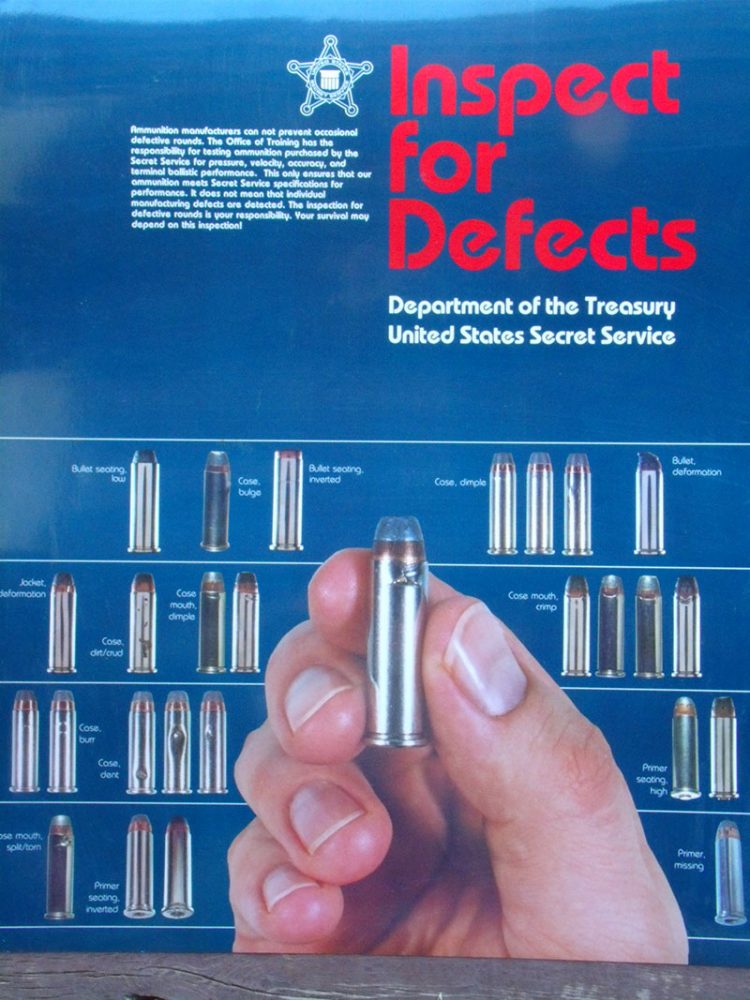
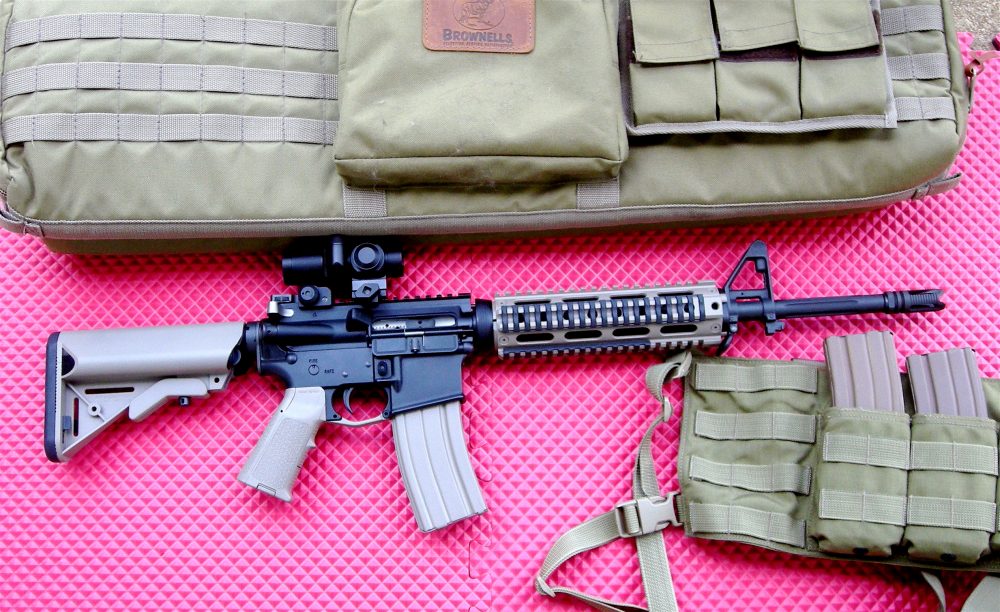
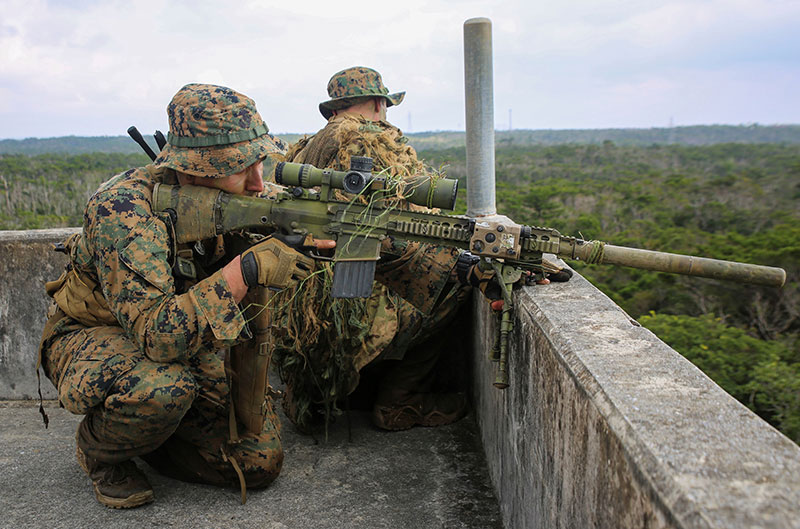
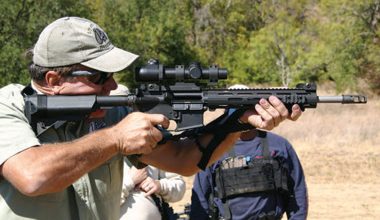
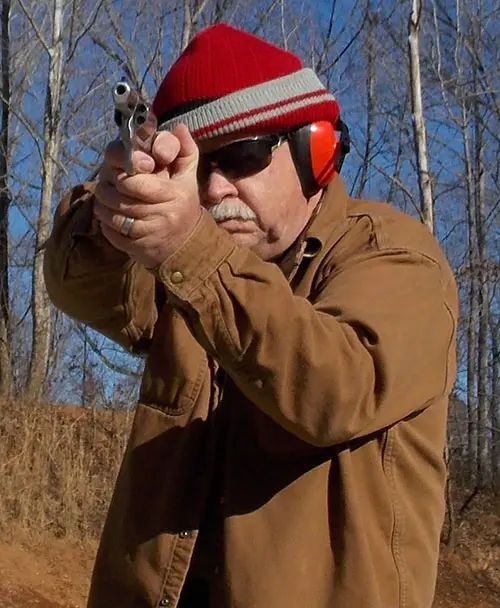
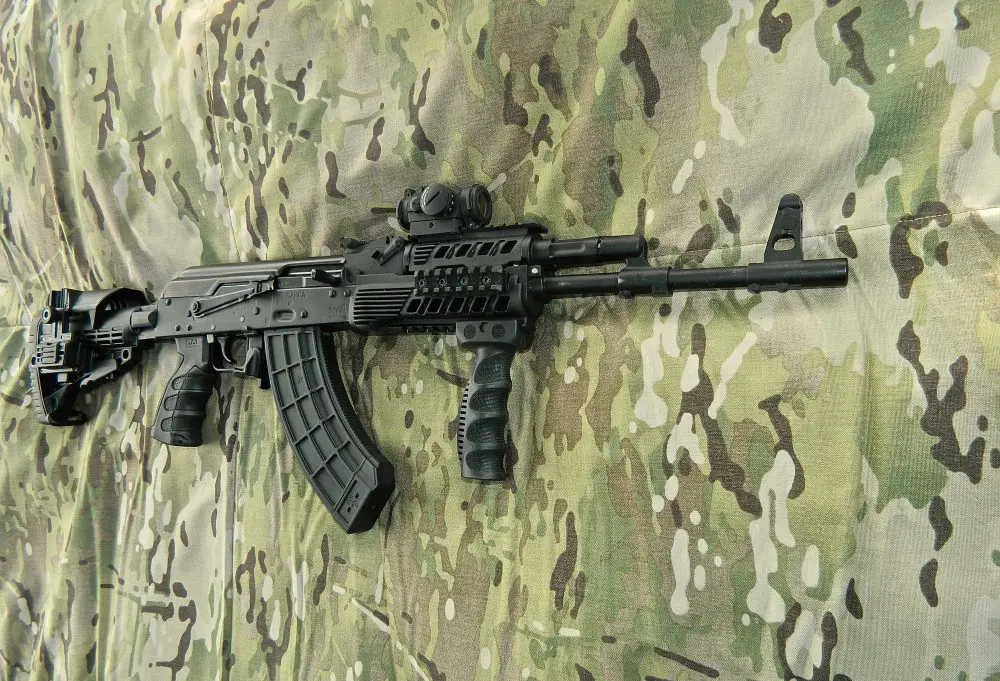
1 comment
Was a cop in the 70’s in an oklahoma university town. The academy was ran by the city, but one of our instructors was Dan combs, an Okla. highway patrol lt. (who was at the time semi-famous in gun circles.) We were taught point shooting, mainly because it was the best method to use in low light contdits. (this was years before low-light sights would become universally available. It worked well enough and I still use it for distances under 25 yards.